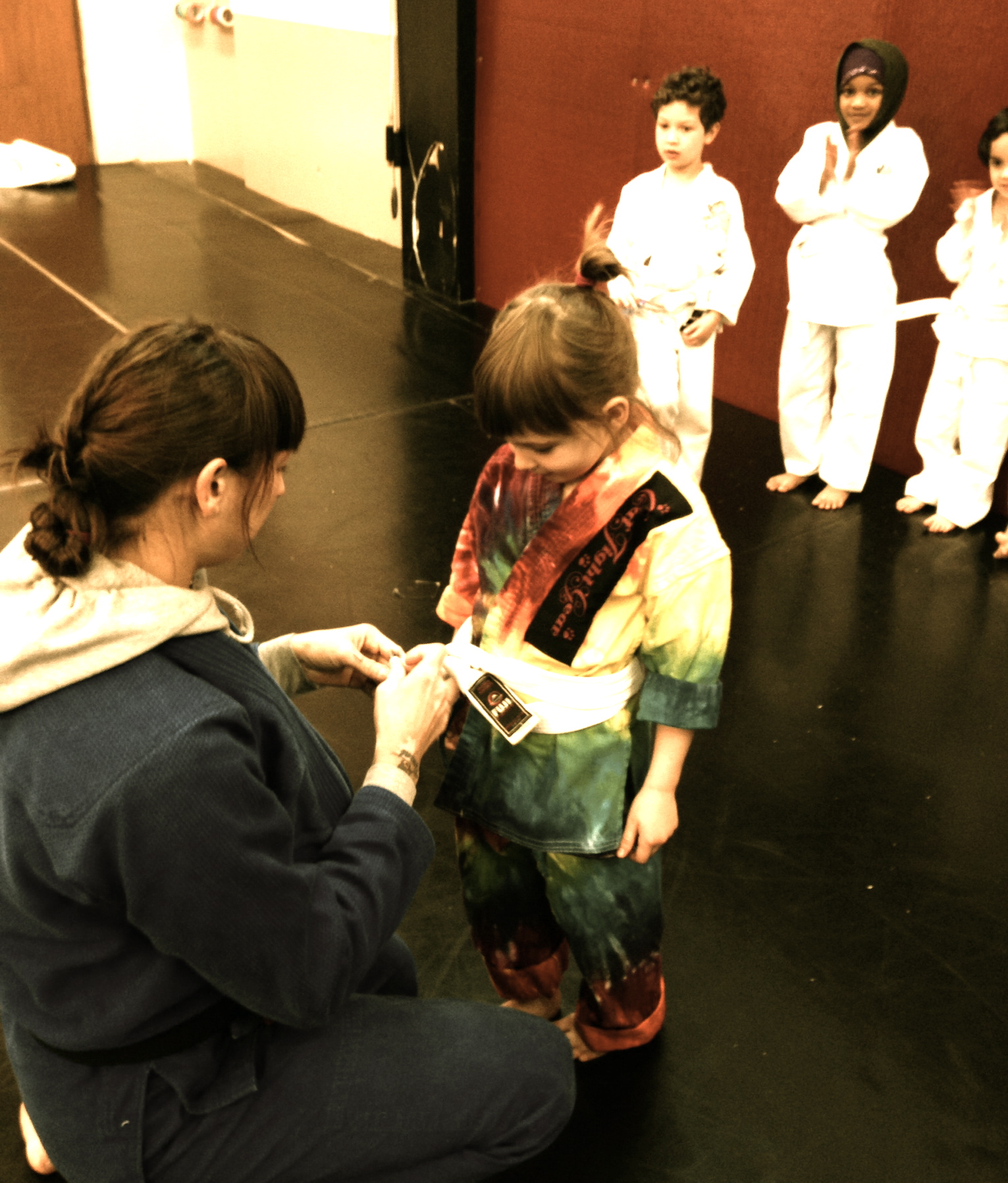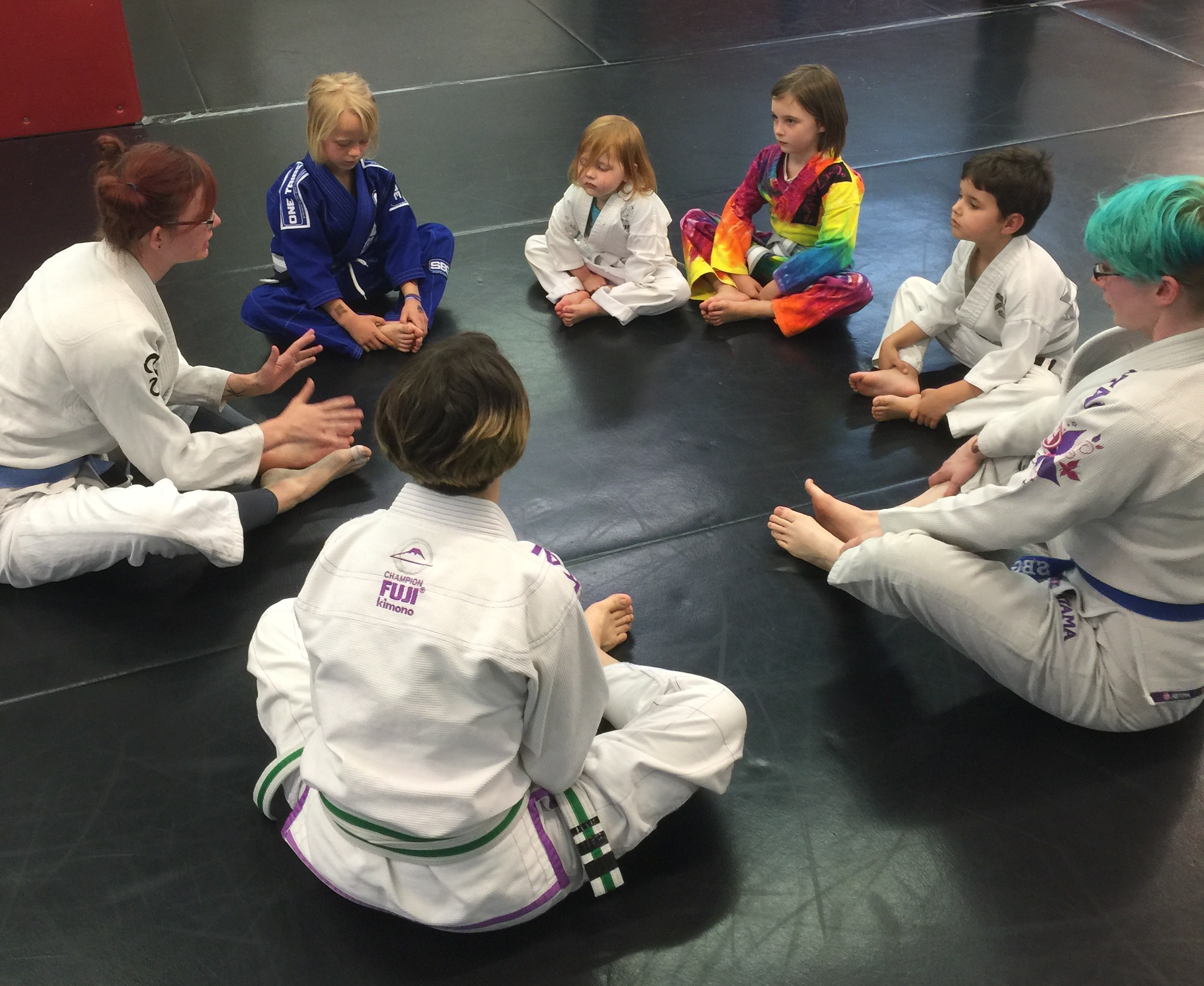Below is a short video of a fight between a young man who claimed to be a Ninja, and MMA fighter, Dominick Cruz.
Take a look – then read below.
Regards the ethics of this, let’s assume the ‘Ninja’ isn’t mentally ill, and let’s assume he demanded the fight. Given both, I think these sorts of match ups can occasionally be justified; though I would have preferred to see Cruz, who was never in any danger, use less head trauma – especially the elbows from mount.
That said let’s look at this event from a slightly different angle.
In years past, when MMA was just beginning and still known as Vale Tudo or NHB (No Holds Barred), these kinds of matches weren’t uncommon. Why? Because Traditional Martial Arts practitioners of all styles and backgrounds, really believed what they did worked. They didn’t know any better. The UFC was in its infancy, and absent a background in combat athletics – wrestling, boxing, Muay Thai, Brazilian Jiu-Jitsu, etc., why would they know what they were doing was make believe?
The Traditional Martial Arts contained extensive and detailed dogma that seemed to resemble something that could be mistaken for evidence. Those techniques, those beliefs, were then placed in neat patterns. And, as with all ideological based systems, those patterns started at the conclusion and worked backwards. You knew what your opponent would do, and therefore, you could respond in a manner that was choreographed, neatly packaged, and cool looking. No functional resistance, no critical thinking – required.
You can no more blame a sincere Wing Chun, Aikido, Silat, Kali, Kung Fu, or other form of fantasy based Martial Arts practitioner for thinking what they did would actually work against someone skilled at boxing and wrestling, then you could blame a 19th century intellectual for thinking the arguments made by William Paley were rock solid prior to the spread of Darwin’s expositions on natural selection post 1859.
But 1859 has long past, and we are now well past the 200th UFC. The evidence for a pecking order in learning/training/discovering methods, is overwhelming and beyond the point of mystery.
On one hand you have science, with its demand for truth, repeated experiments, and methodology that starts with a question and works to a conclusion by following the evidence where it leads. Form following function.
On the other hand you have tradition, with its demand for faith, repeated dogma, and methodology that starts with a conclusion and then works its way backwards. Function following form.
These two systems for learning aren’t just different, they’re antithetical; and only one delivers anything we could ever call truth.
What do I mean by “truth”?
I mean a measurement that is likely to admit to ever increasing complexity.
There is a distance that exists between the Sun and the Earth. There is a best-known way to execute a rear naked choke that cuts off the blood supply to another human being’s head. The universe admits to the natural laws of physics. The human animal admits to the natural laws of physics. And while true that as our instrumentation improves and our methods of measurement or movement advance, that distance, and that technique, will admit to ever increasing complexity – that reality does not mean that such a distance or that current best practice, doesn’t exist. Nor does it mean that one measurement, or method, will not be more accurate than another.
That understanding, the fallacy of relativistic thinking applied to empirical questions – is vital.
So our Ninja stumbles headlong into the reality of what scientific training can produce. It’s no surprise he’s beaten quickly. Like all things rooted in strong evidence, superior training methods produce more predictable outcomes.
What may in fact be more interesting is what our Ninja, having been forced to submit in the wake of overwhelming evidence, will choose to do after the fight ends.
He has three options.
First, he can dive straight into denial. That isn’t uncommon. And that choice will require a consistent and somewhat tiring effort on his part to ruthlessly avoid any evidence that contradicts his current theology. He can’t take BJJ or MMA classes and remain in denial, because these arts force you to submit publicly, and if you want to gain skill, repeatedly. The evolution book has to remain closed. The critical thinking has to remain safely boxed away from a belief system that must now stay tucked inside a doxastically-closed mind. If it doesn’t, he’ll be forced to come face to face with his own cognitive dissonance. That can be uncomfortable. And if his anxiety at that uncomfort is stronger than his desire for the truth, then in the congregation he will stay.
That congregation, assuming he has one, will help protect his cognitive dissonance. After all, that is in part what congregations evolved to do. They will reinforce the faith. They will tell him that even if he tapped repeatedly, it still wasn’t the “street”. In the street, he could have used a groin strike. In the street he could have won. The experiments are rigged. The scientists are biased. Never mind they achieve the same results worldwide. They don’t understand the lineage. After all, our enlightened prophet was able to fight her way out of a burning monastery using only her sticking hands skills derived from the sacred Sil Lum Tao. Our Sensei once knocked a bull unconscious with just one punch, don’t they know? How could generation upon generation be wrong? Our Tradition stretches back to the Shaolin Temple, when apostles performed miracles. With a little back patting, a little chanting, a run through the Kata a few hundred more times, another ten readings of the same verses, and some prayer – the TMA practitioner will forget it’s all make believe.
Yes, the comfort of Plato’s cave. Why see what’s real when you’ve grown so fond of the shadows?
Option two is slightly different, and upon superficial glance appears more advanced. But appearances are frequently deceptive. Option two is the attempt to reconcile these two competing versions of reality. On one hand, the Tradition failed him. On the other, that doesn’t mean it’s not effective, it just means it is from a Non-Overlapping Magisteria. After all, isn’t that what the late, great, MMA coach, Stephen Jay Gould would say?
MMA is for fighting, but sombrada, kata, djurus , Ninjustu – those are for “self-perfection”, or – the “street”.
Science is after all, just one, limited way to view the world. There are others. Sure you can gather evidence from resisting opponents. But, you can also repeat the patterns and gain a wealth of insight and wisdom from the clues left behind by the enlightened ancient ones.
Didn’t Krishnamurti himself declare, “Truth is a pathless land?” There is after all, no such thing as “Truth”. All truth is relative. Our candid indifference to a hierarchy of epistemologies doesn’t betray a casual relationship to reality – instead it’s a virtue signal, one that demonstrates our superior, “spiritual” nature. Everything works in the right time and place, right? There is no “better” way. A flying sidekick might seem silly, until you’re trying to knock a man off a horse. The notion that this might be a belief only possible in an era where battles on horseback have long since ended, never needs to be addressed. As Guru Dan says, “All traditions have something good.”
Given that reconciliation between fantasy and reality, our Ninja can now safely take BJJ class, tap out, learn, and when later asked to demonstrate some Ninjutsu, he can show the armbar he’s been pulling off in class, and declare “that’s always been in our Ninja katas, Soke Masaaki Hatsumi taught it years ago.”
And what if he’s called out on that untruth by others recognizing his TMA as a form of incompatible superstition, what does he do then? Well, then he can play the card available to all relativists – he can label one “faith”, and amenable to no form of scientific testing. It’s simply ‘too dangerous’ for MMA.
“MMA is for fighting, it’s a science – Ninjutsu is for self-perfection, it is a matter of faith.”
And with that, all dialogue ends – because the faith card is the ace up the sleeve of anyone willing to turn a blind eye to truth; and the fallacious claim of Non-Overlapping-Magisteria, is the protector of anyone who wants to remain blind.
That’s option two, and it too, is common. By adopting Inosanto style relativism, the Ninja can safely attempt to bind together Sclerotic Tradition and Living Science. Their antithetical nature denied; our TMA moderate also provides cover with his arguments for his fundamentalist Ninja practitioners. A side effect most moderate Ninjas prefer to avoid acknowledging, but a reality nonetheless.
Our third option is, I would submit, the only healthy one.
Our Ninja realizes he’s been mistaken. There is a better way to train. There are better methods. There are more accurate conclusions. And being humble enough, being smart enough, and being strong enough to let go of the old, he fully embraces the new.
Over time, as he advances in the scientific methods, he becomes a teacher who can build a bridge for others who are crossing over from the realm of TMA superstition, into the beauty of MMA science. The energy that would otherwise be wasted defending the indefensible is freed up for better, more worthy purposes. The impoverished thinking of a relativistic mind is replaced with the wisdom that welcomes and appreciates the sincere pursuit of truth. In short, he evolves.
That requires one thing that is absolutely essential to all forms of human advancement, including progress of moral character – the willingness to revise one’s beliefs in light of new evidence.
If you’re holding onto a tradition, Martial Arts related or otherwise, ask yourself, what would it take for you to change your mind? What evidence would you need to be presented with, in order to revise your own beliefs?
If your answer is “nothing” – step back and recognize you’ve now rendered yourself immune to improvement.
Truth, the measurement that is likely to admit to ever increasing complexity – in so far as the topic you’re unwilling to be moved on is concerned – is no longer alive within you. In Plato’s cave you’ll stay.
Don’t be that Ninja.



